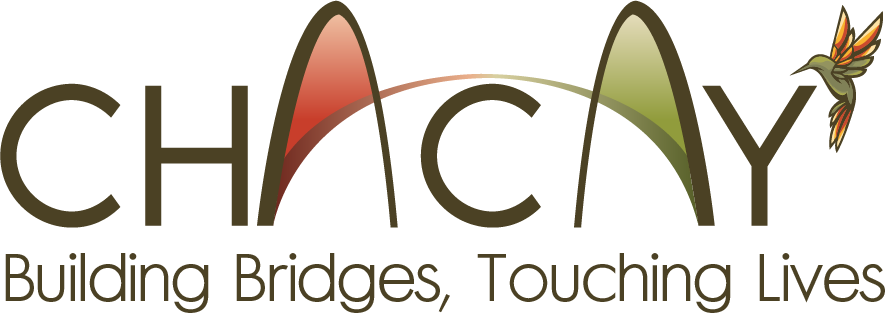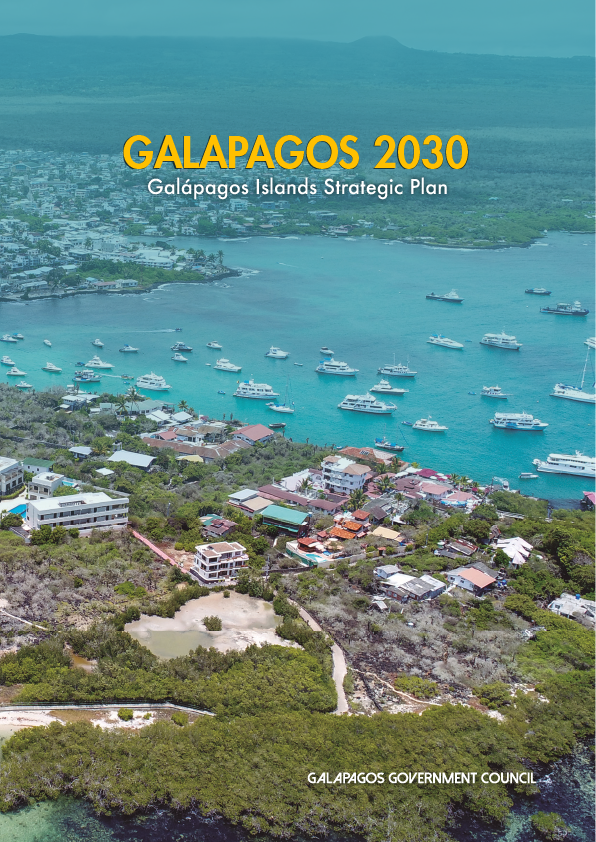ECOHELIX
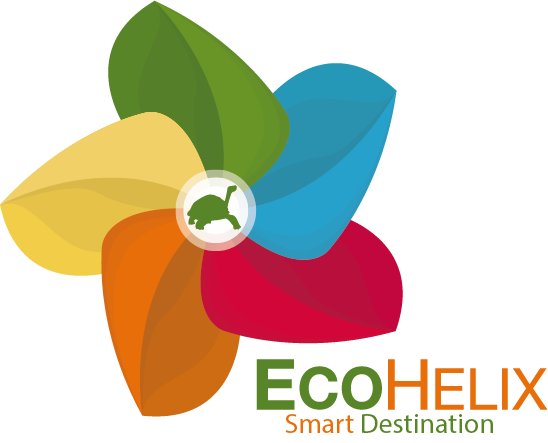
A Model for Tourism Innovation
¿What is EcoHelix?
EcoHelix: An ecosystem that uses technology as a driver to transform tourism in Ecuador, focusing on the circular economy.
Technology as a Key Tool: EcoHelix employs advanced technological tools such as the Internet of Things (IoT), data analytics, and artificial intelligence systems like IBM Watson to provide solutions that benefit both tourists and local communities.
Objective: To create a positive and lasting impact by promoting the education of locals and tourists, safety, environmental conservation, and community collaboration.
This model emphasizes education, community development, entrepreneurship, and the creation of green funds that support sustainable projects.
Collaborative Economy
The Collaborative Economy an innovative model that redefines how communities interact, collaborate, and create value through technology.
Community Participation: This model promotes active collaboration among individuals, businesses, and governments to develop sustainable projects.
Decentralization: It leverages digital technologies, such as blockchain and artificial intelligence, to create more democratic and transparent systems.
Equitable Distribution: Economic benefits are distributed fairly, ensuring that all participants in the ecosystem are rewarded for their contributions.
Sustainability: It drives projects that prioritize the preservation of natural resources, involving local communities to promote economic development aligned with environmental goals.
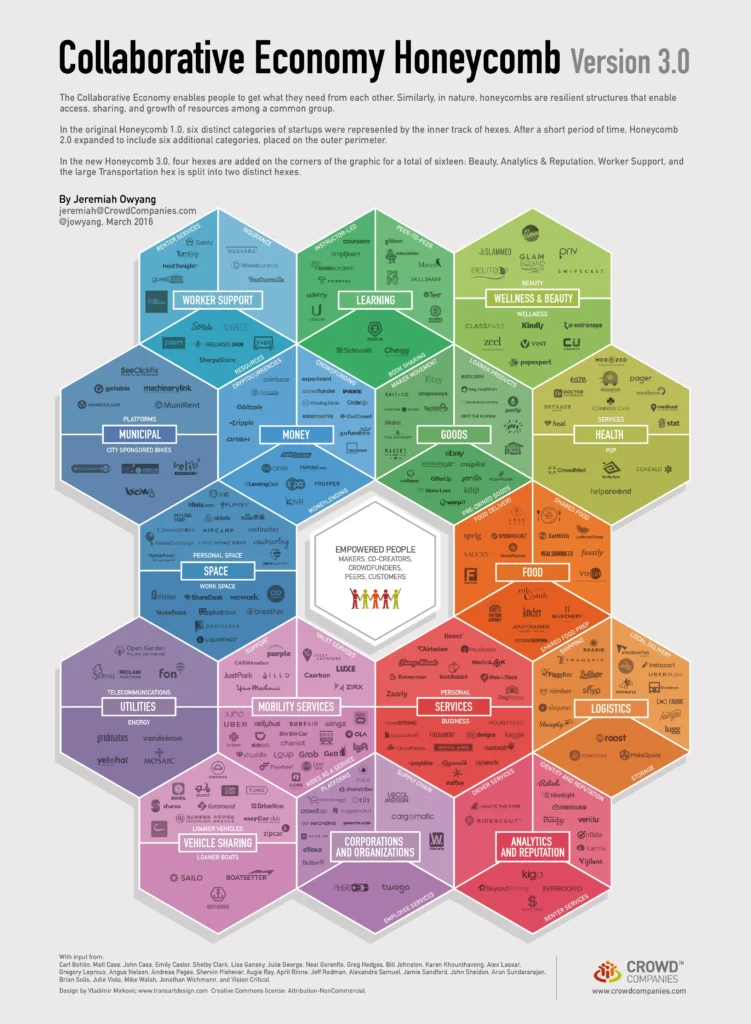
Galápagos Islands
Strategic Plan 2030
Improving connectivity is essential for Galápagos to address challenges such as geographic isolation, limited resources, and sustainability. Current issues include unreliable internet service, a lack of technological training, and poor inter-institutional coordination. While the proposed deployment of fiber optics via submarine cable represents a transformative opportunity to enhance digital access, there is a possibility that it may never materialize, making it urgent to explore alternative connectivity solutions.
The need for a robust intranet is clear, as it can provide a centralized platform for managing resources, sharing knowledge, and fostering community participation. This aligns with the province’s objectives of improving public services, increasing local engagement, and supporting conservation efforts through efficient data management and informed decision-making.
Beyond Chacay Foundation has already implemented an intranet connected to 24 schools across the four main islands, positioning itself as a key player in this area. This network provides a solid foundation to expand access to educational information and strengthen digital connections within the community. The foundation can leverage this existing infrastructure to integrate internet solutions and develop digital literacy programs, maximizing the impact of technology on education and local sustainability.
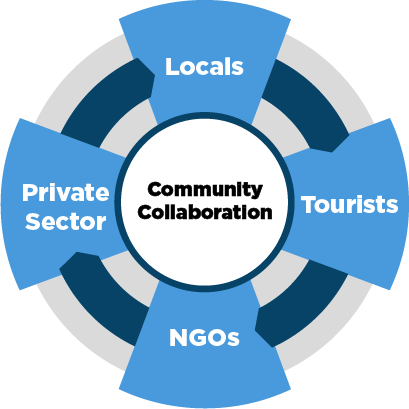
Technology as a Driver
Pillar of the Circular economy
IoT and Conservation: The use of connected sensors and the Internet of Things (IoT) enables continuous monitoring of natural resources such as wildlife, weather, and vegetation, optimizing ecosystem preservation.
Education for Locals and Tourists: Digital learning platforms offer ongoing education on sustainable practices for both the local community and tourists. This includes courses on the impact of tourism, recycling, conservation, and entrepreneurship.
Community Collaboration: EcoHelix promotes co-creation among locals, tourists, NGOs, and the private sector, integrating circular economy solutions. Sustainable project investments are incentivized, fostering a positive impact on the community.
Central Focus: The core pillar of EcoHelix is the circular economy, driven by technology, education, and collaboration to reduce environmental impact and promote sustainable development.
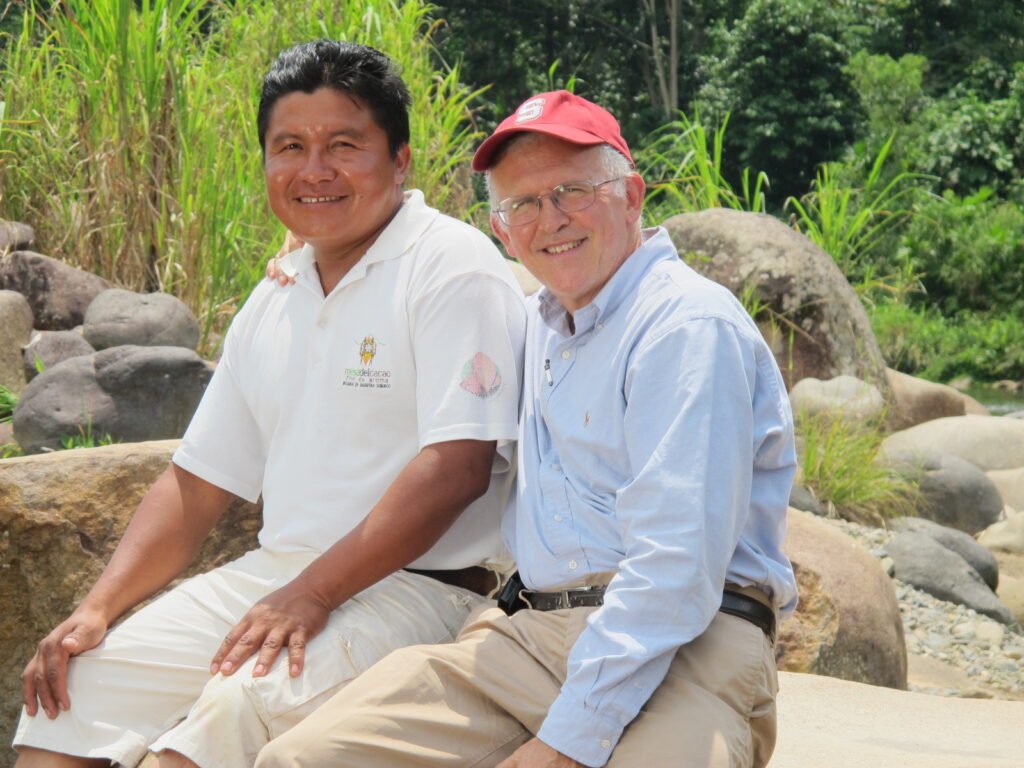
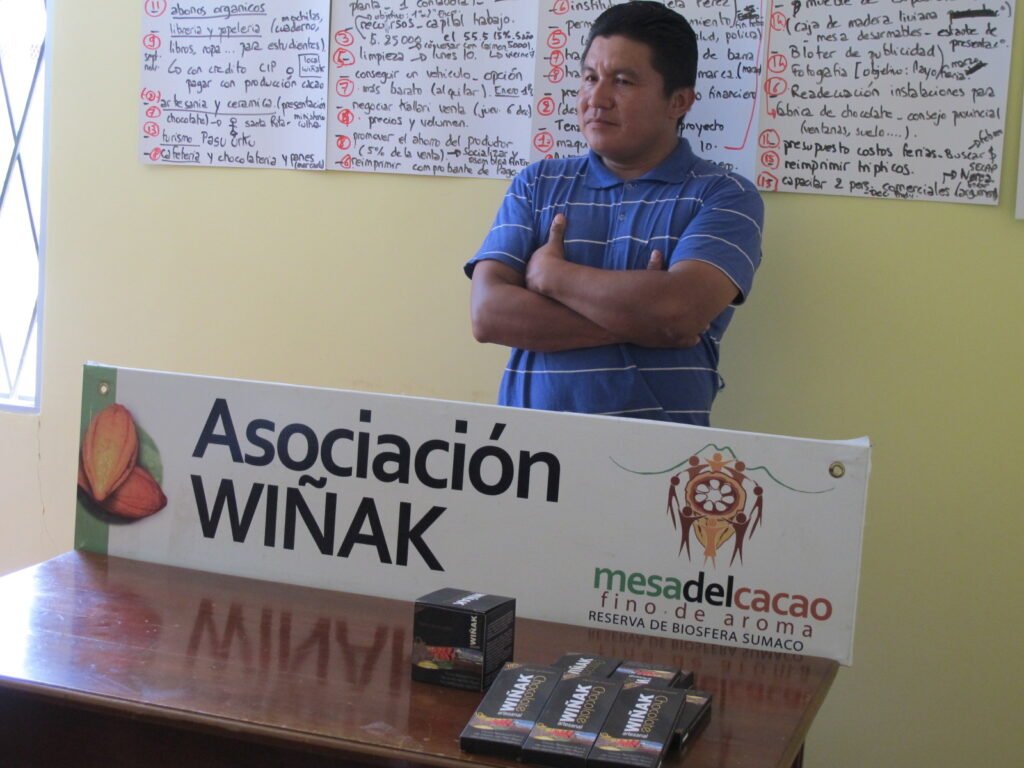
ENTREPRENEURSHIP
CHOCOLATE WIÑAK
The Winak Association was launched in 2008 by visionary entrepreneur Fredy Shihuango. Teams from the MIT Sloan School in 2014, a Stanford University graduate student the following year, and the University of Calgary’s Renewable Energy Program worked closely (in residence) to help Fredy create and launch a viable business. Today, Winak is a successful international business, with product exports in Ecuador as well as to Japan. For more information about Winak, please visit here.
